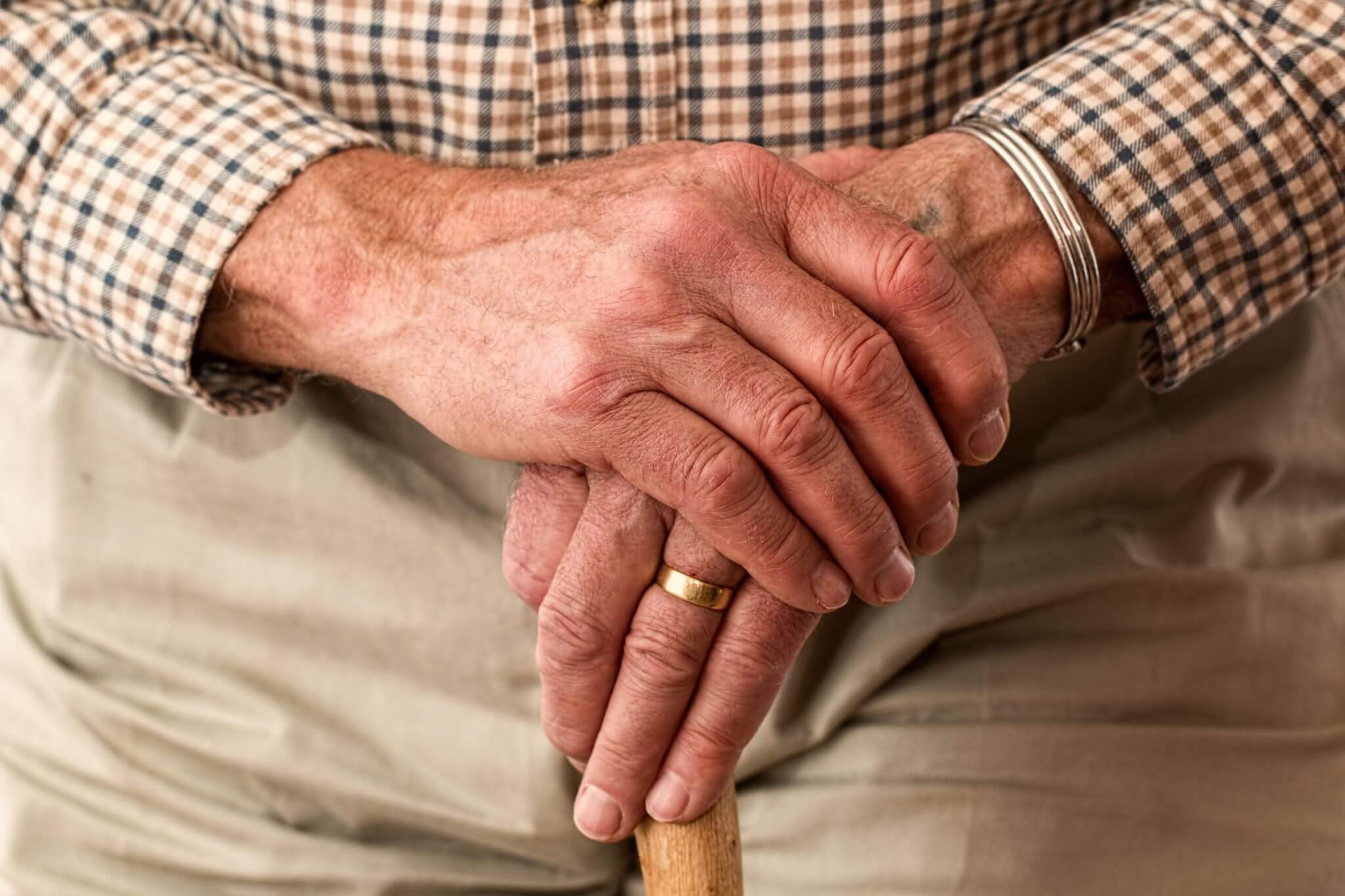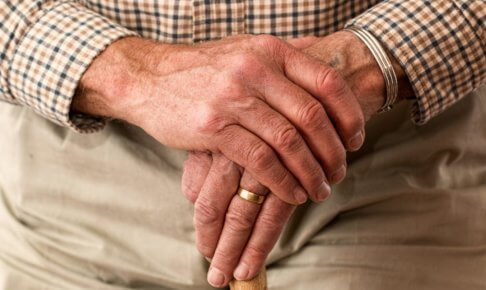Japan is experiencing a super-aging society, in every area. In 2017, 35.2 million inhabitants were 65 or older. In 2020, it is supposed to grow to 36.2 million (according to Statista). It represents a huge opportunity for marketers, should they find the right way to reach out to the elderly. Nowadays, advertising campaigns which target seniors are quite offensive and aim at solving problems related to age only, like safer bathtubs or adult diapers. But people don’t stop living and having fun after 60 years old, they do more than just staying at home and playing go.
Table of Contents
Situation in Japan

Japan has a huge amount of data concerning the elderly, from care plan to medical data, passing by assessments. Foreign companies could use those data to sell the most adapted products. By 2025, because 30% of its population will be aged over 65, innovations and supplies will be needed. Infrastructure is also lacking, such as retirement homes or other healthcare facilities. At-home services or funeral services are flourishing, but it remains costly.
Therefore, many seniors plan to continue working after retirement age, not to feel like a burden and to earn more money. It is rather common to see seniors working in convenient stores, mom-and-pop stores, restaurants or for their company. The purchasing power of retirees is, however, expected to decline.
Besides, life expectancy at birth was around 72 years in the 70s, but climbed to almost 84 years nowadays. The population grows slowly, so the labor force will shrink and the economy will be even more impacted.
Consumption Patterns
According to nippon.com, seniors’ personal consumption keeps growing while the consumption rate of people aged less than 60s is decreasing each year. For households, those whose heads were older than 60 spend JPY 230,000 monthly, against JPY 275,000 for younger households.

Concerning expenditures, the largest consumption items are food, then medical and social items. They also prefer fresh and healthy food and eat less outside, compared to younger people. However, prepared meals have become popular among people in their 60s since many women cannot (or don’t want to) cook for their retired husband three times a day. On the other hand, they spend less money for transportation, clothing (including footwear) and housing.

Seniors tend to consume early in the morning, but also in the evening, often for food. They have also gotten into the habit of buying online: an official study, the Communications Usage Trend Survey, revealed that between 2001 and 2012 ‘the percentage of Internet users rose from 19.2% to 71.8% among Japanese seniors in the 60–64 age group, from 12.3% to 62.7% in the 65–69 bracket, and from 5.8% to 48.7% among those aged 70–79’ (Nippon.com). The problems when shopping ‘physically’ are solved thanks to the spread of e-commerce websites.
Besides, many seniors feel the need to spend money to buy what they have always wanted to buy, to break the routine or just to spend their money.
Senior Market Analysis

It is essential to know your target well, and for that, hiring older employees and conducting your own surveys can be helpful. Don’t listen to stereotypes, but listen to people. Also, you can divide your target into 4 parts, according to Cross Marketing:
- Seniors with assets and a stable income.
They tend to buy more luxurious items and utilize advanced medicines and healthcare technologies.
- Seniors who live on pensions.
They spend more money for their hobbies (music, films, photography, etc.)
- Seniors with quite a high purchasing power, who want to stay healthy.
Subdivided into 2 groups: wealthy people and people who invest a lot in treatment, nursing care and healthy food.
- Seniors with quite a low purchasing power, who want to stay healthy.
Subdivided into 2 groups: people with a good health and people with a poor health.
Besides, healthcare technologies have become better over the years, and elderly people are starting to be interested in AI, IoT, etc. and in SNS. They like communicating with their family or friends without leaving home or having to use public transportation. New technologies will also help people to access better healthcare, and many companies are focusing on fulfilling seniors’ needs. Why not yours?
Reference: www.fastcompany.com/90341477/why-marketing-to-seniors-is-so-terrible www.statista.com/statistics/612575/japan-population-age-group/ www.forbes.com/sites/japan/2018/11/12/why-japans-aging-population-is-an-investment-opportunity/#70da8f98288d www.nippon.com/en/in-depth/a04901/consumption-patterns-of-japan’s-elderly.html#note-1-1 www.researchgate.net/figure/Japans-Predicted-Population-Pyramid-in-2050_fig2_282122404 www.carterjmrn.com/market-research-blog/aging-japan-not-immune-to-segmentation-and-individualization.php thediplomat.com/2019/11/how-does-japans-aging-society-affect-its-economy/ www.nippon.com/en/in-depth/a04902/tapping-the-potential-of-japan’s-senior-consumers.html www.nippon.com/en/in-depth/a04902/tapping-the-potential-of-japan’s-senior-consumers.html?pnum=2 www.cross-m.co.jp/column/marketing/util97/

















